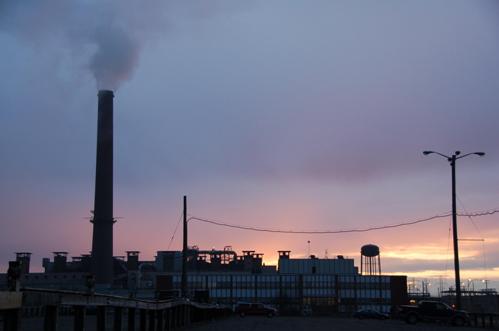Lindsay Forcellini is the Marketing & Communications Coordinator at Mining Industry Human Resources Council (MiHR)
Rapid economic change is a reality that makes strategic long-term workforce planning a challenge. In mining, workforce plans tend to focus on short-term operational objectives, rather than long-term strategic human resources management. In order to help manage the impact that economic cycles have on industry employment and meet future HR needs, an industry based, longer-term workforce strategy would be a significant asset.
Following a number of regional HR Forums across Canada, MiHR’s stakeholders have clearly expressed a need for timely, reliable, and relevant labour market information and resources for workforce planning to help mitigate the consequence of rapid and significant changes in the supply of skilled workers.
Broadly speaking, MiHR recommends a two-pronged approach in planning for the forecasted labour shortage. First, employers can continue their efforts to make the most of all available sources of talent. Strategies for this approach include creating a culture of inclusion in the workforce and increasing the representation of women, new Canadians and Aboriginal peoples. Second, the industry can increase productivity through investments in workforce training and development, combined with emphasis on innovation and support for technology advances.























